Calculating your weights for strength training
Choosing the right weight for a certain exercise is crucial to training effectively and efficiently. Depending on what you're trying to achieve with the strength training, the weights you pick will be different. These are the steps to finding your correct training weight:
1. Calculating your 1RM
The first step in choosing the right weight is to calculate your one-repetition maximum, or 1RM. This is the maximum amount of weight you can lift for one complete repetition of the exercise you want to do. This number will then be used in the next step to establish your target weight.
There are different methods to calculate your 1RM. A common one is the Epley formula:
This formula works especially well for bodybuilders and powerlifters who deal with heavy weights and lower reps. However, it’s not true that lifting weights is just about growing bigger muscles. Weight training can help you achieve a variety of goals, like improving muscle endurance, coordination, or enhancing overall athletic performance. To accommodate a wider range of people and goals, I prefer to use a different method: The Holten diagram. Here's what it looks like:

This diagram shows how different percentages of your 1RM correspond to the number of repetitions you can perform. To use it, you simply find the number of reps you can do with a given weight and match it to the corresponding percentage. From there, you can calculate your 1RM by dividing the weight by the percentage.
Example:
You want to calculate your target weight for squats with a barbell. You take a weight that feels moderately heavy and try to do as many proper repetitions with it as possible (watch your technique!).
Let’s say you were able to do 11 proper repetitions with 50 kg. According to the Holten diagram, lifting 11 reps corresponds to approximately 80% of your 1RM. To find your 1RM, you would calculate:
This means your estimated 1RM is 62.5 kg. Once you have this number, you can use it to set your target weight for different training goals, which we will do in the next step.
2. Calculating your target weight
Once you’ve calculated your 1RM (whether you’ve used the Epley formula or the Holten diagram), the next step is to decide on your training goal. Your goal will determine the weight you should use, the number of reps, sets, and rest intervals between sets. Here are the four main goals and their ideal training parameters:
1. Muscle Power – Focused on increasing the force that your muscles can exert.
- Target Weight: 90-95% of your 1RM
- Reps: 2-4
- Sets: 3-6
- Rest: 2-4 minutes
2. Hypertrophy – Aimed at increasing muscle size, often for aesthetic reasons.
- Target Weight: 75-90% of your 1RM
- Reps: 4-16
- Sets: 3-5
- Rest: 1.5-2 minutes
3. Muscle Endurance – Increasing the duration your muscles can perform before fatigue.
- Target Weight: 50-75% of your 1RM
- Reps: 16-30
- Sets: 3-4
- Rest: 45-90 seconds
4. Endurance/Coordination – Working on muscle coordination and endurance, for example for better sports performance.
- Target Weight: Less than 50% of your 1RM
- Reps: 30+
- Sets: 3-4
- Rest: Less than 45 seconds
- These exercises are best performed with some element of instability (like a Bosu ball or balance cushion)
Now let's continue with the example from the first step. The 1RM we calculated was 62.5 kg. If your goal was to increase the endurance of your leg muscles (for sports performance, for example), then you should use a weight that is no higher than 50% of your 1RM. That means you should do the squats with ~30 kg.
On the other hand, if your goal was to increase the size of your leg muscles, you would take a weight that is around 85% of your 1RM. This means you should do the squats with ~50 kg.
Weights calculator
To make things easier, this calculator uses the Holten diagram to calculate everything for you. Just take a weight that feels moderately heavy and see how many proper repetitions you can do with it - the calculator will do the rest!
